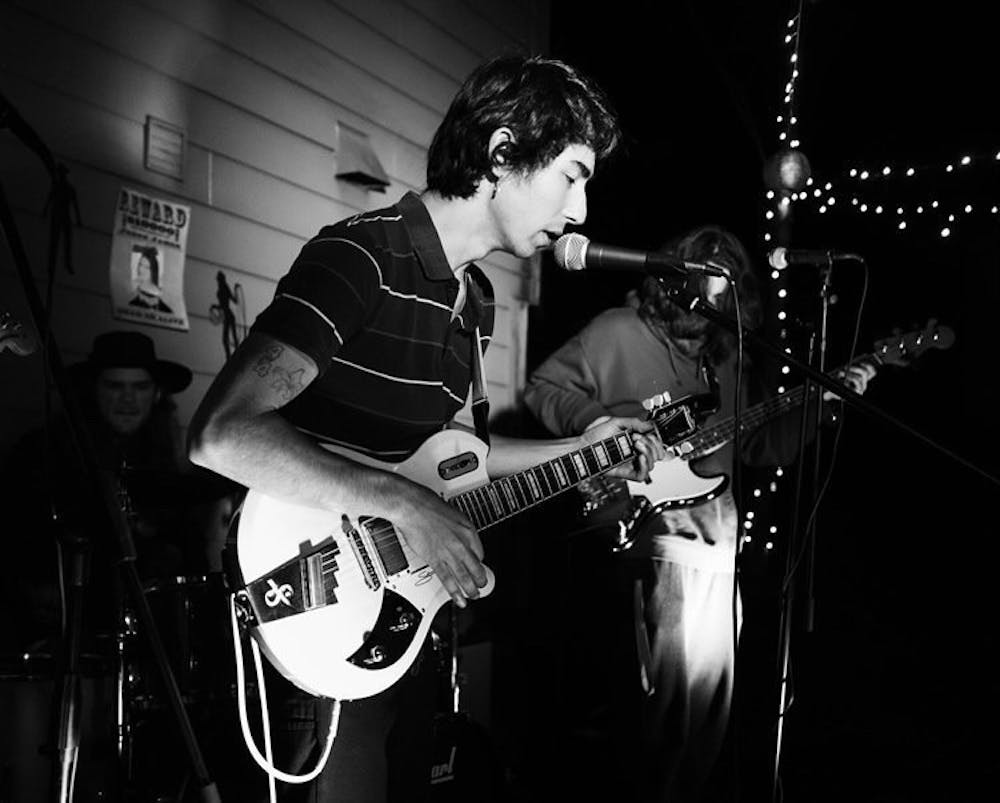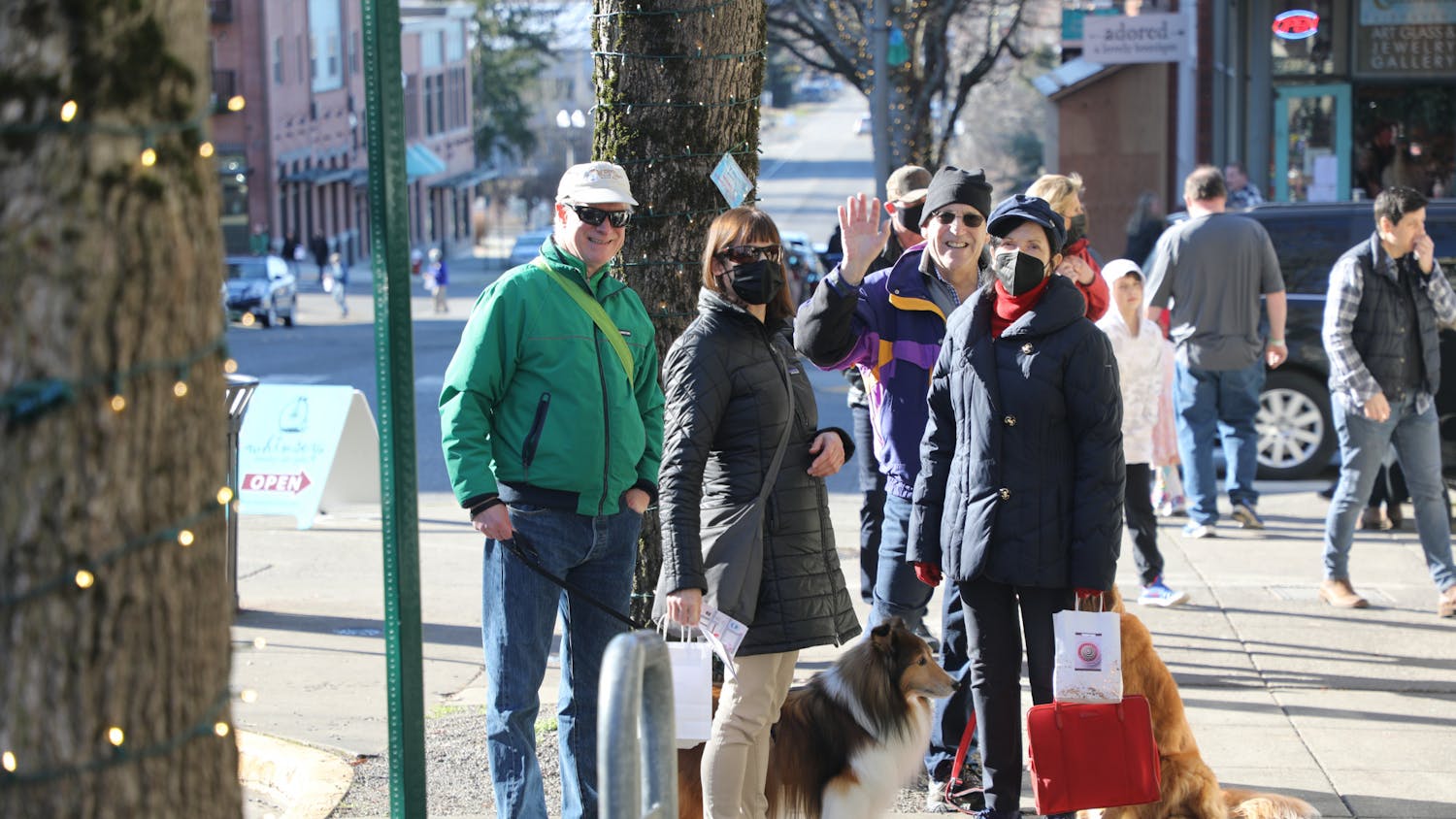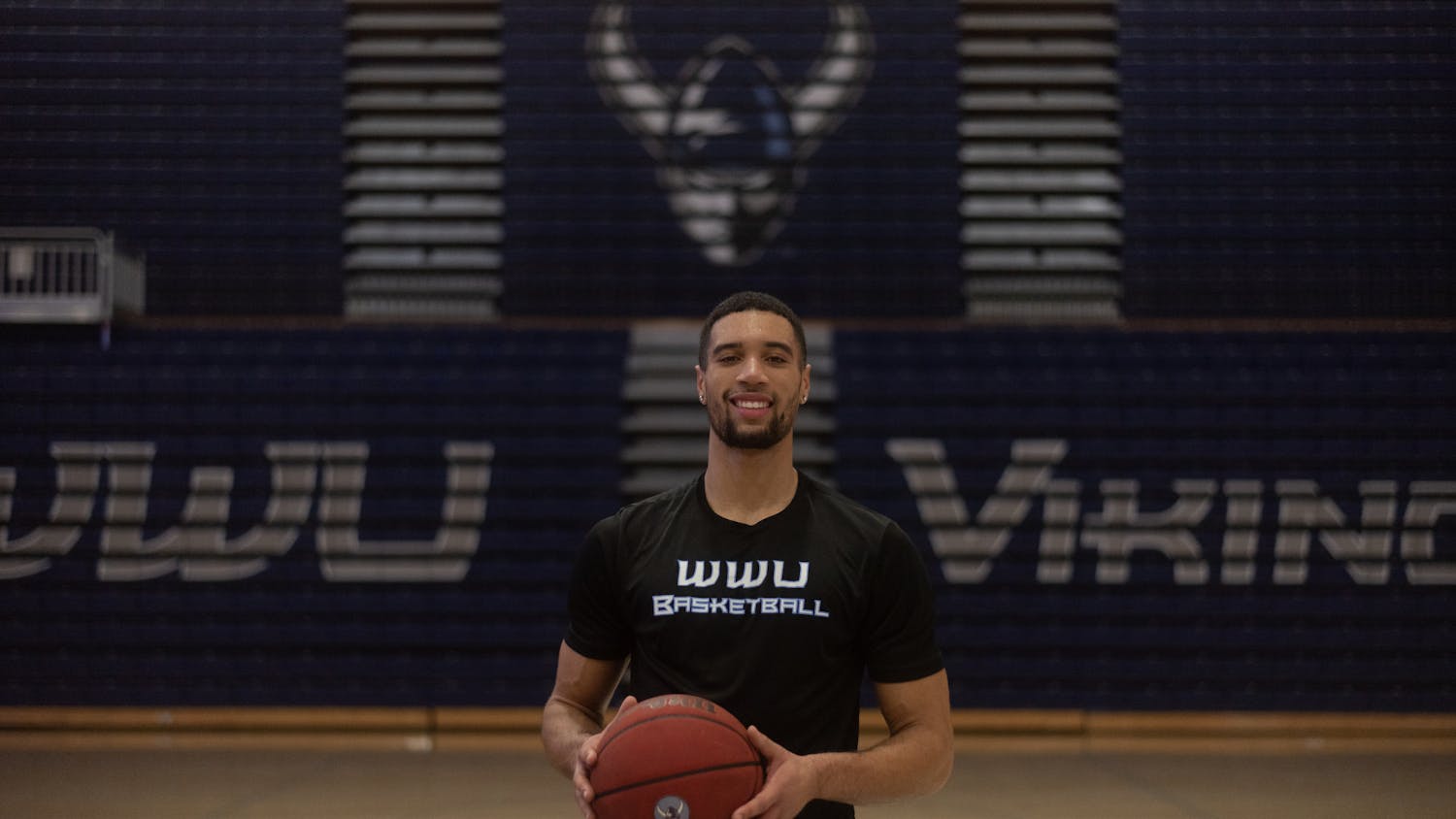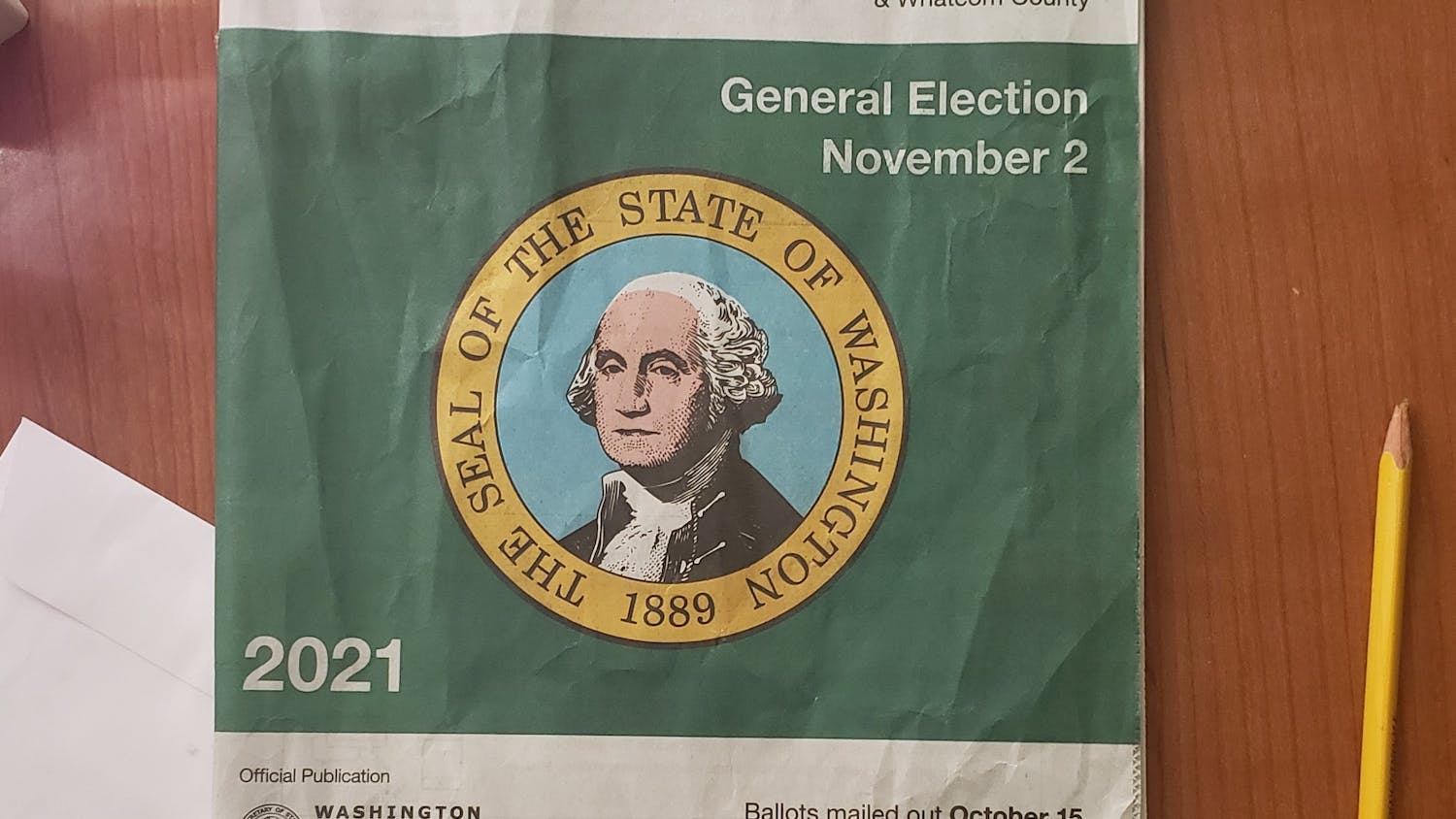It’s no secret that the arts don’t always pay, but being an artist can be especially tough right now. When the COVID-19 pandemic hit, it was a blow to artists everywhere who supported themselves through live shows and touring.
Two years later, artists are still struggling.
“When we're not able to perform, it's tricky to keep the morale up and keep feeling like it's beneficial because it is so much more of an investment than some other things are,” said Sidney Amos, lead singer of local band Felix the Hammer.
Amos said music has always been a way she processes the world. She aspires to make music her full-time job, but it’s hard to stay focused when there’s little money coming in.
“It's expensive to be an artist,” she said. “At the end of the day, it’s something that I love, and my bandmates love. It's a passion project. Every time we get together, which is a lot more rare these days, it's this breath of fresh air where we're like, ‘okay, this is why we do this.’”
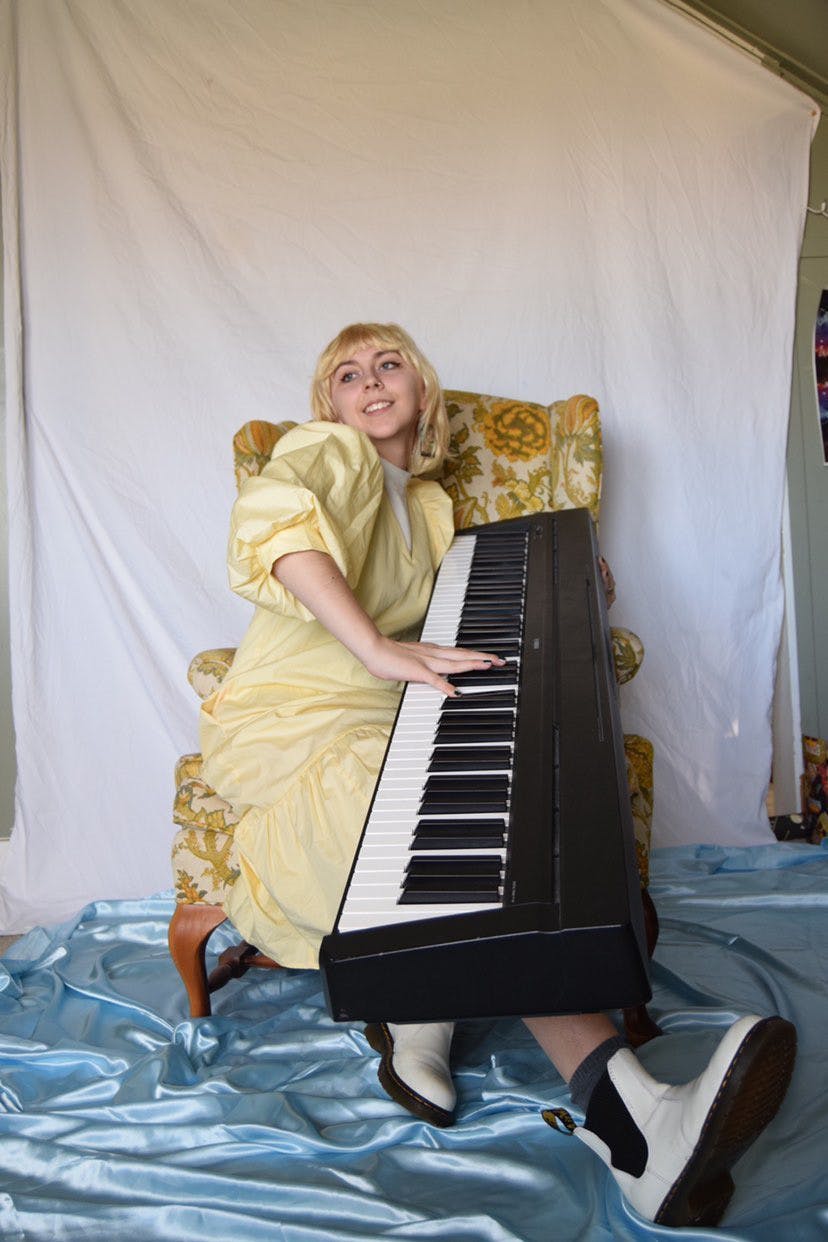
Local singer-songwriter Sky Mar said promoting artists and their work on social media is a way to support them, especially when they are not performing live shows. Bandcamp, a platform for artists to sell music and merch, is another option to directly support artists financially.
Sky Mar began reinventing his discography in 2020 after learning guitar, creating music in his bedroom DIY-style and recording with his phone. He said he doesn’t focus much on self-promotion but invests time and money into supporting the artists on his record label, Wisteria Garden Records.
“You can't understand how long it takes and how much thought it takes to make music unless you do it,” Sky Mar said. “People just know the results, and when people don't listen to the results, nothing happens. If you're doing it for money, then you're going to be disappointed. But if you're having fun with it and enjoying music as part of your life, it’s great.”
Amos and Sky Mar agree that if they could change anything about being a musician in the digital age, it would be a higher payout from streaming services.
Amos said she was lucky to make connections with artists that had experience with online music promotion and distribution, and her 2018 song “Burnt Espresso” with Barnes Blvd. has over 2 million streams on Spotify. Yet she said passing the threshold to make money on streaming services is not easy, and her success with “Burnt Espresso” made her less than $4,000 over almost four years.
Music streaming is a saturated market, which means emerging artists have an uphill battle. The current pay model for top streaming services like Spotify doesn’t help.
“Everyone pays into the same pool of money,” said Alex Osman, director of technology at Polyvinyl Records.
This is called a pro-rata payment model, and it means everyone with a Spotify subscription pays the most streamed artists, even if they never listen to them.
For example, he said, if there are only two Spotify Premium users and one streams a local artist’s song once but the other streams a Ye song 100 times, most of the payout from both users’ subscriptions would go to Ye.
Additionally, these payouts go through shareholders like record labels and producers before songwriters or performers get anything. The top three major record labels Sony, Universal and Warner collectively generated over $1 million per hour from streaming in 2019.
Artists have raised concerns since the beginning of music streaming, but the COVID-19 pandemic sparked new activism. In 2021, big and small artists in the UK advocated for reform in the music streaming economy. This led to a parliamentary inquiry, where artists like Ed O'Brien from Radiohead and One Direction songwriter Fiona Bevan provided evidence of little payout from popular projects.
In March 2021, Spotify published the report “Loud & Clear” to provide transparency about their payment model, which revealed 57,000 artists made up 90% of monthly streams and 97% of artists failed to make more than $1,000 in 2020.
Other services, like SoundCloud, are exploring a user-centric payment model.
“If you streamed one song over and over again, in Spotify’s model that would be taking money away from other artists because every artist is affected by every single other artists’ listens,” Osman said.
The user-centric model gives more money to smaller artists.
“If you stream a song, that artist would get your money more directly, and it wouldn't be taking money away from other artists,” he said.
Another factor to low payouts is the low subscription rates streaming services keep to compete with each other. Western Washington University student Aaron Weaver said he uses streaming services that have the pro-rata model, but he would be willing to pay more, even double, for a subscription if he knew artists would be getting a higher payout.
“I listen to a lot of music, so I feel like that’s worth it,” he said.
Amos hopes streaming services can follow suit with Bandcamp, which cuts its share on Fridays to support artists during the pandemic.
“The more direct the line is between your wallet and the artist's wallet is when the artist is going to see the majority of that money,” she said.
Sydney Jackson (she/her) (sydneyjackson.thefront@gmail.com) is a news reporter for The Front and WWU journalism major with a political science focus. Her research and reporting interests include politics, health sciences, social issues and the arts. She enjoys fashion, music, film, reading and creative writing.


